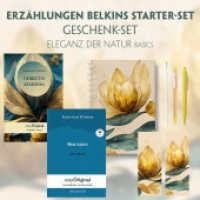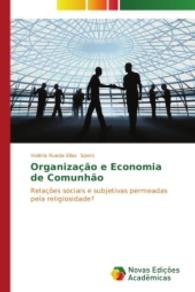- ホーム
- > 洋書
- > ドイツ書
- > Humanities, Arts & Music
- > Arts
- > graphic arts
基本説明
The most comprehensive examination of Gego's art published in English to date, this monograph contains in-depth analyses by scholars from various disciplines as well as previously untraslated historical texts, providing new perspectives on the artist's critical relationship to the avant-garde traditions of the Bauhaus and Russian constructivism, to Venezuelan urbanism and kineticism, and to the postminimalist art of the sixties.
Description
(Text)
Die venezolanische Bildhauerin Gertrud Luise Goldschmidt (1912-1994) - mit Künstlernamen Gego - gilt als eine der bedeutendsten Vertreterinnen der geometrischen Abstraktion Lateinamerikas. Die in Deutschland geborene und 1939 nach Caracas emigrierte gelernte Architektin konjugierte das Vokabular der modernen Skulptur neu. In ortsspezifischen Installationen wie der kühnen Arbeit Reticulnd Zeichnungen aus drei Jahrzehnten runden den Band ab.
(Text)
Venezuelan sculptor Gego (1912-1994) was one of the most important representatives of Latin American geometric abstraction in the mid-twentieth century. Born in Germany as Gertrud Luise Goldschmidt, Gego initially trained as an architect. In 1939, she emigrated to Caracas, where her work in design gradually led to the creation of installations that radically altered the nature of modernist sculpture by actively involving the viewer in the work's formulation. In her sculptures, Gego countered the deductive logic of modernist abstraction with a fluid conceptualism, reconfiguring "content-less" art into an open-ended process of "thinking the line."The most comprehensive examination of Gego's art published in English to date, this monograph contains in-depth analyses by scholars from various disciplines as well as previously untranslated historical texts, providing new perspectives on the artist's critical relationship to the avant-garde traditions of the Bauhaus and Russian constructivism, to Venezuelan urbanism and kineticism, and to the postminimalist art of the sixties.
(Author portrait)
Nadja Rottner is Assistant Professor of Art History at the University of MichiganDearborn.








